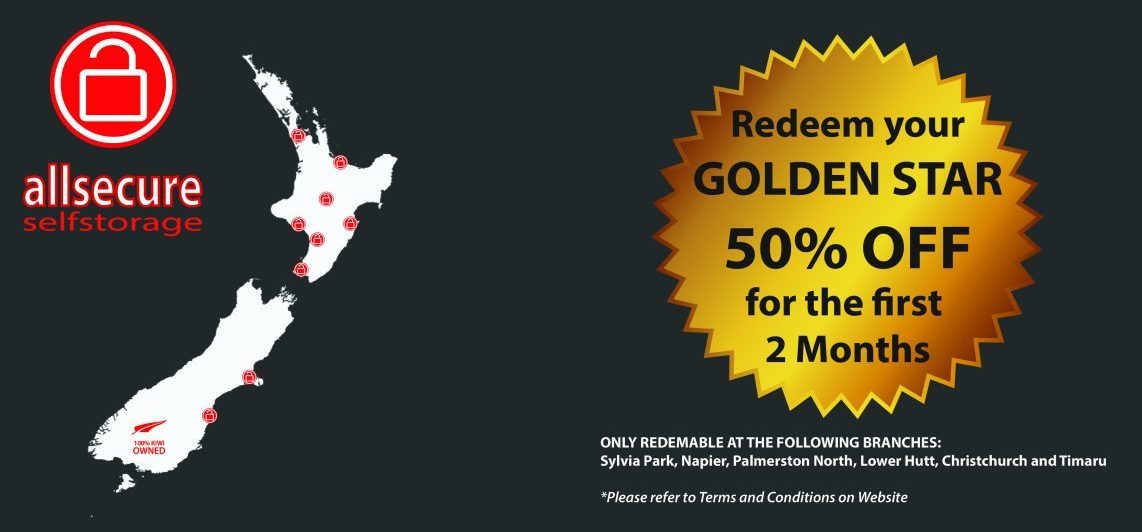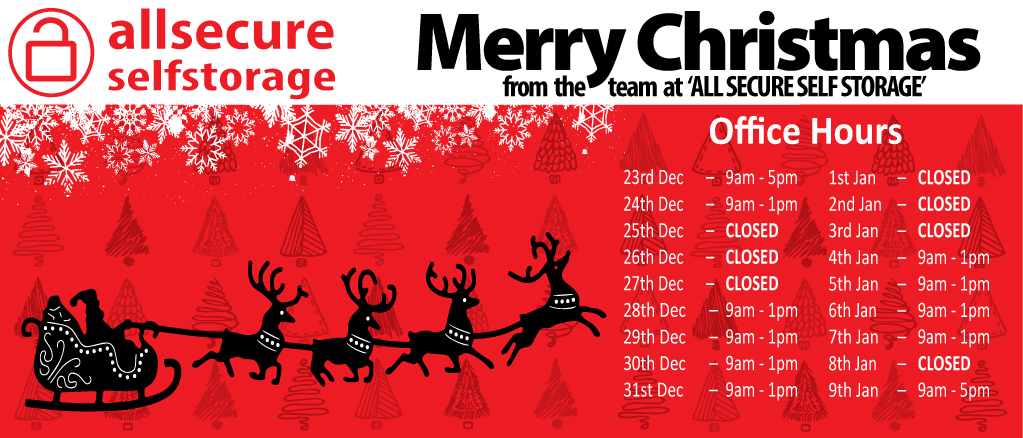There comes a time in most of our lives when we end up with a huge amount of stuff and nowhere to put it. It could be due to the logistics of moving house, the limitations of living in a smaller place than you once did, acquiring precious but large items from a relative, or a wide variety of other reasons. Rented self-storage units provide the perfect solution: once paid for, you now have a large space dedicated to the stuff you can’t store.
That said, there’s more that goes into it beyond simply throwing all your stuff in there and forgetting about it for the time being: how you store it is crucially important. In this article, we’re going to explore how to pack efficiently and safely to ensure you get the most out of your unit.
Think Ahead
You’ve likely identified that you need a self-storage unit before you have the raw data, so to speak, on exactly what you need to store. You probably have at least a rough idea, but you’ll need much more than that.
On pen and paper or on your phone, start by making an inventory of absolutely everything you consider worthy of storage. The amount of stuff and the sorts of sizes you’re dealing with will, of course, dictate the capacity of the unit you’ll go for, but take the time to also consider whether you really want to store some of it.
Once you’ve written the list, you might think twice about storing certain items or decide there and then to get rid of them once and for all, and making these decisions means you can save not only on space with the unit you rent, but it might mean you can downsize and get a smaller unit. This doesn’t mean you have to throw what you don’t store in with the rubbish, though: consider selling unwanted items so that someone with immediate access to the space required can enjoy them.
You should also categorise all your items based on metrics such as fragility, material, and size, as this will be useful later.
Initial Packing
Efficient storage isn’t just about how you arrange things within the unit – a huge part is how you pack your stuff before it goes in.
Make sure you use a variety of sturdy boxes (both cardboard and plastic types for appropriately storing different types of items) and have a selection of different sizes handy. The cornerstone of good packing is to use the right box for the right item, not only to adequately protect what you’re storing but to fully maximise the space; every inch matters when using a storage unit, and empty box space adds up!
There’s also an array of other bits and pieces you need to have on hand such as strong packing tape, bubble wrap, furniture covers, and markers for making labels.
Choosing The Right Unit
Once everything is boxed, wrapped up, and ready to go, it’s time to choose your unit. Use our intuitive storage calculator to get an easy estimate: you can use the tools on the page to add each of the items you want to store and automatically calculate the size you need in cubic meters.
You can then simply fill out the form at the bottom of the page to receive a quote or give us a call for further advice!
Packing Your Unit
And now for the main part – making use of the space your new storage unit provides. Let’s take a look at the key things to consider:
- Heavier on the Bottom, Lighter on Top: Always store your heaviest boxes on the floor so they’re supported by solid ground. You don’t want to get this wrong and come back to your unit to find that all your boxes have collapsed, so this is fundamental rule number one.
- Big Things in First: identify the largest items and pack these in first. Doing so means you won’t have to awkwardly squeeze them in at the end, but most importantly, they’ll provide anchor points to maneuver the smaller items around. For example, you can use large pieces of furniture to your strategic advantage by storing smaller items inside drawers, in wardrobes, and under sofas.
- Disassemble Awkward Items: You’ll have the most trouble with large items of an irregular shape, so if you can, disassemble this stuff so that you can pack it flat.
- Carefully Store Fragile Items: This is a given, and you should have already taken care to pack fragile items safely in their respective boxes, but you’d be surprised how easily things can still get broken. Store any boxes containing fragile items close to the ground if you can, and away from any large, heavy objects which have the potential to fall over.
- Keep Things Accessible: One of the biggest mistakes can be packing things in too well! It’s easy to get carried away trying to maximize the space that you end up boxing yourself into a corner with barely any room to move; you should always allocate a small aisle (or two depending on the size of your unit) so you have space to walk around. If you have to remove a load of stuff first just to get to one thing, things can become very laborious.
- Make Use of Vertical Space: Don’t forget that your unit is tall as well as wide: if you can do so safely, stack your boxes as close to the ceiling as possible (just make sure that the items you stack high aren’t things you think you’ll need easy access to any time soon).
Wrapping Up
Hopefully, this article has provided you with everything you need to assess, box up, and pack your possessions properly. While it might seem a daunting task at first, with proper planning, a self-storage unit can save you a world of hassle in the future and provide you with peace of mind that your items are safely protected until you want to bring them back into your life.



